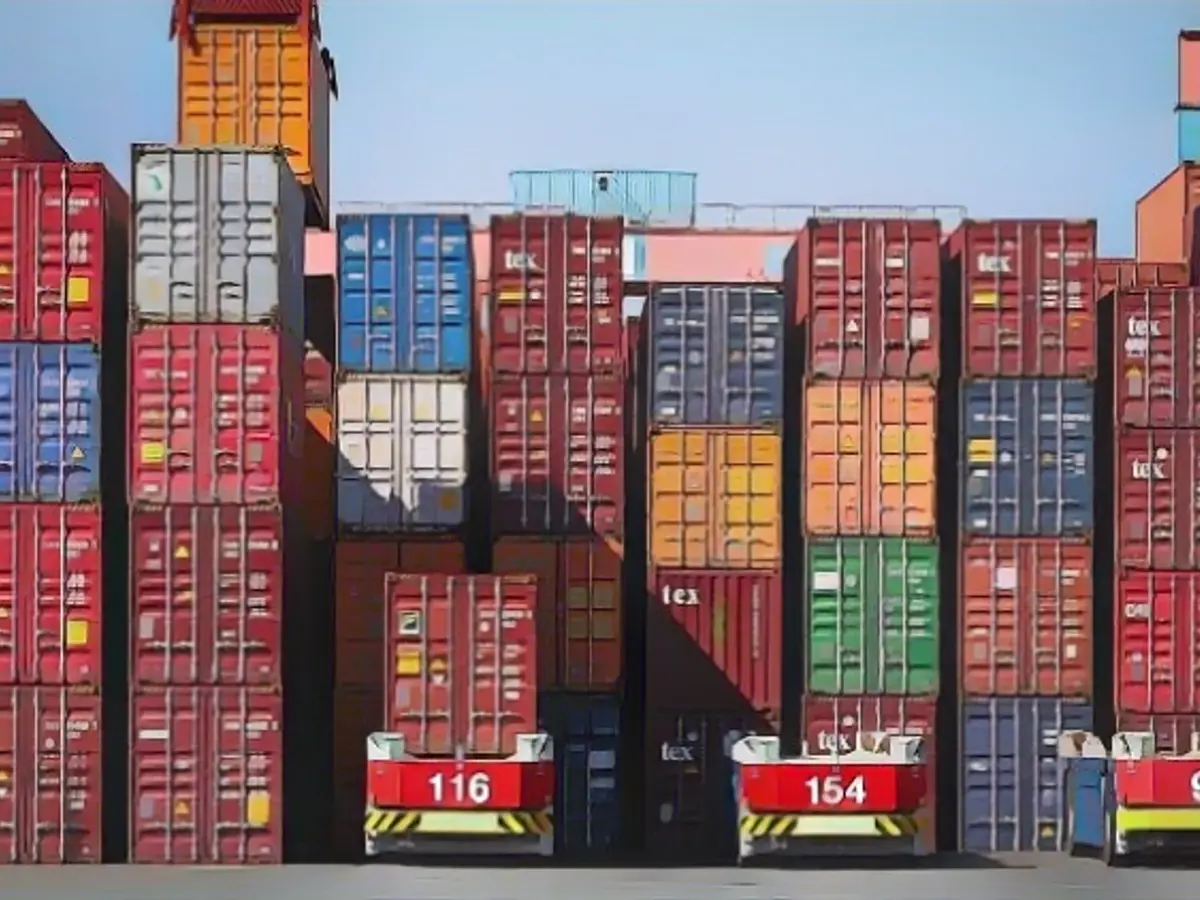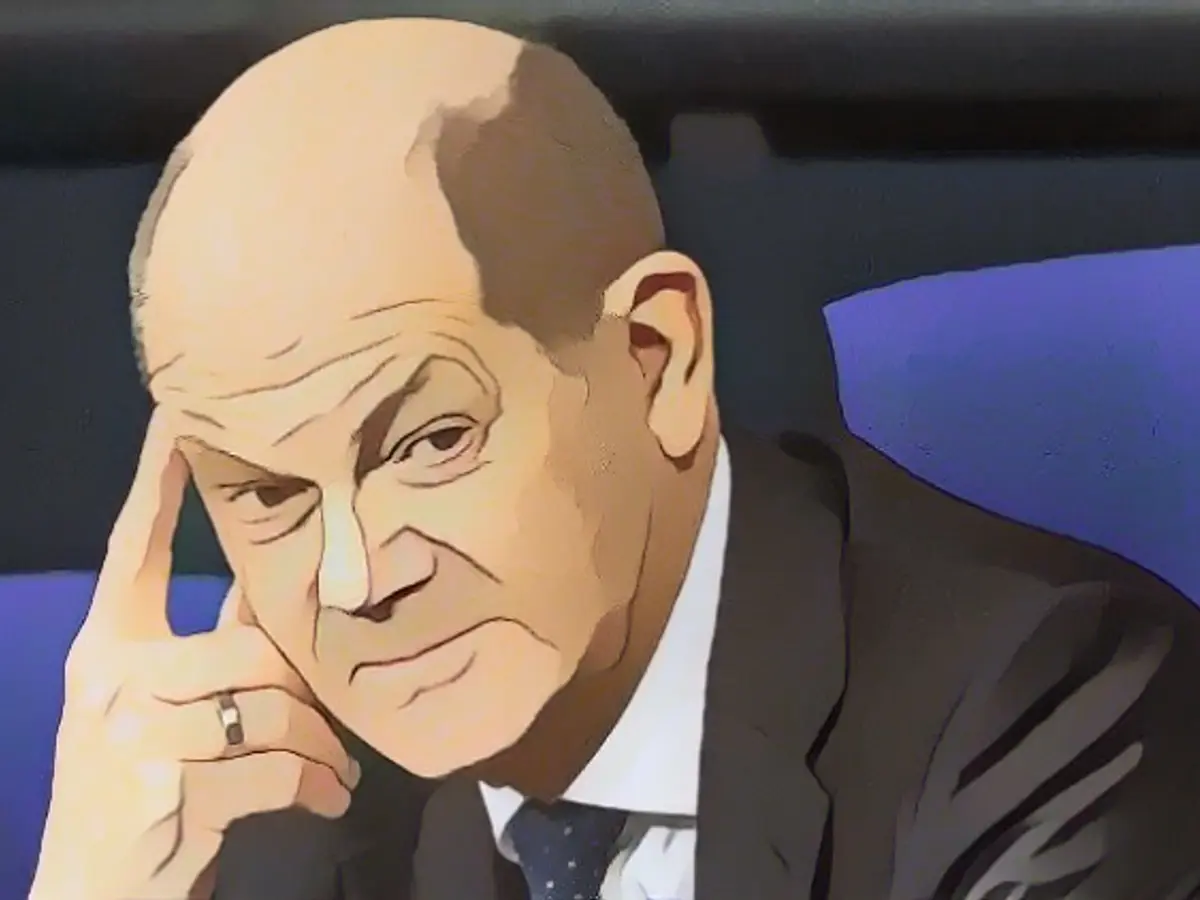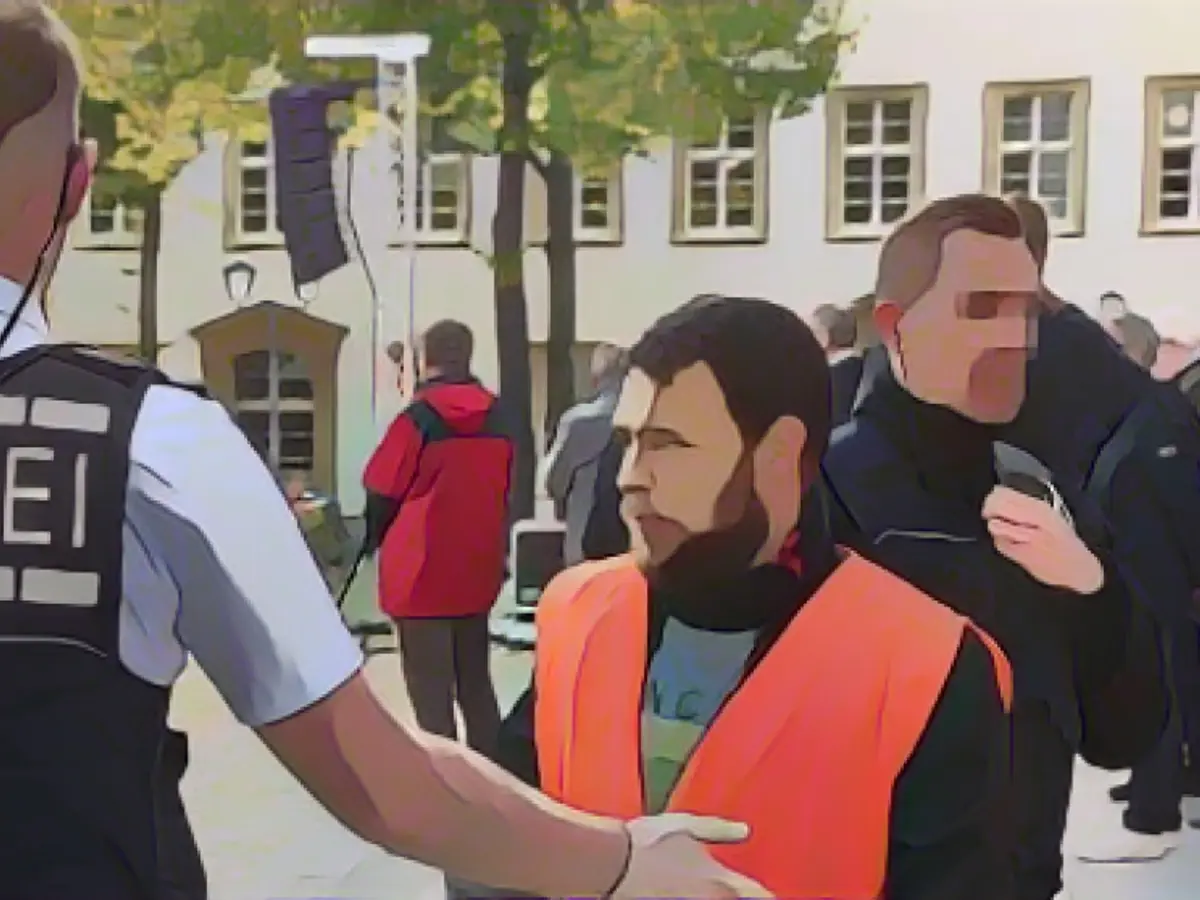Is the Green Revolution Halting? A New Perspective on Germany's Climate Agenda
Eying a Sustainable Future: The Green Dream
Introducing a green, black, and red Germany
The ambition to transform the classic German color scheme, with black, red, and gold, to green has emerged. This transformation would be underpinned by the economic might of Germany, powered by clean energy, leveraging green hydrogen, solar, and wind energy. The nation's state would support this endeavor with financial assistance through debt.
Channeling the masses towards green aspirations
Homeowners, local authorities, and entire industries were steered towards the green path with promises of monetary rewards. A common slogan: "There is enough money."
Green Energy Pursuits: Stumbling Blocks Revealed
The looming obstacle: realistic energy ambitions
The traffic light coalition's core problem can be seen in the energy sector. The promised delivery of cleaner and cheaper energy has not been attained. For instance, the ambitious project of coal phase-out 2030 is a distant dream.
FDP's internal standing: the coal phase-out has passed
One of the main challenges of the traffic light coalition: banning previously reliable and profitable resources like nuclear, gas, oil, and combustion engines. The FDP has internally criticized: "The coal phase-out is dead."
Pricing and affordability of new green alternatives
These new alternatives (like wind, solar, hydrogen, and e-cars) only become viable with substantial financial investments, but often render everything more expensive, which necessitates state subsidies.
Electricity price turbulence: a broken promise
Cheap electricity, especially for corporations, formed a fundamental promise from the traffic lights. However, this promise is now under threat, as companies might opt to relocate or shut down, due to the rising electricity prices, which now require state aid.
Financing the Transition: Wallowing in Instability
Industry transformation and subsidies: reassessment required
Subsidies have constituted the backbone of the traffic light's green plans but could now disappear. Loss of such assistance would have detrimental effects on the economy and target achievement for carbon neutrality and CO2 savings.
Cutting-Edge Debates: policies and renewed perspectives
Heater transformation may not be sufficient to create a "green" Germany. Research conducted by the University of Stuttgart indicates that operating the final three nuclear power plants could help save up to 15 million tons of CO2 annually. But regrettably, the government decided to shut down all reactors.
For forcing the installation of heat pumps in homes and increased insulation, the government has budgeted 18.9 billion euros. Ironically, this massive investment from the burst climate fund could be surpassed by the estimated construction price of a new nuclear power plant, which is just between 15 and 20 billion euros.
Navigation through the chaos: PIERER's caution
Moving away from solar and wind's reliance
Until green hydrogen becomes widely available and solar and wind energy can meet Germany's electricity needs for a more extended period, new gas-fired power plants (over 20) will be built as insurance reserves. However, these plants would be incredibly expensive and uneconomical, making only their construction possible through extensive government subsidies.
Ifo head Fuest's memo: restrain budgetary extremes
Ifo institute leader Clemens Fuest warns against implementing an excessive subsidy policy that dangerously approaches budgetary limits. Fuest suggests that the government's transformation initiatives risk crashing and burning due to rising costs and the possibility of becoming unconstitutional.
Green Economy Twists and Turns: Treacherous Times Ahead
The sad reality: Germany grapples with climate policies impasse
The German government holds regular climate crisis meetings, struggling to cope with soaring debt. As the "coalition for the future" fractures, will the green economic miracle endure?
Unanticipated challenges, crazy budgeting policies, and escalating debts prompt anxiety among investors. Germany's green transformation is on the brink of disaster, dampening investment prospects and threatening to stall climate progress.
Unpacking Enrichment Data
Germany's green aspirations have presented the nation with both opportunities and challenges, requiring a balanced approach to navigate the path towards climate neutrality.
- Budget Implications and EU Regulations
- Market Premium System: Germany's current renewable energy subsidies are based on the market premium system. This system could potentially be revised to ease the state's financial risks and conform to EU regulatory frameworks.
- Climate Targets and Adjustments
- Climate Spending Cap: Court rulings have enforced debt limitations, limiting Germany's climate spending, prompting weaker climate policy implications.
- Concerns Regarding Cost and Feasibility
- Public Trust and Private Partnerships: Building sector transformation has been met with public trust issues; public-private partnerships might present a viable solution to drive climate advancements.
- Financial Viability: The feasibility of dynamic electricity tariffs and affordable heating practices remains uncertain. Implementing a tighter regulatory framework could also incur increased costs for companies but open avenues for public financial support.








